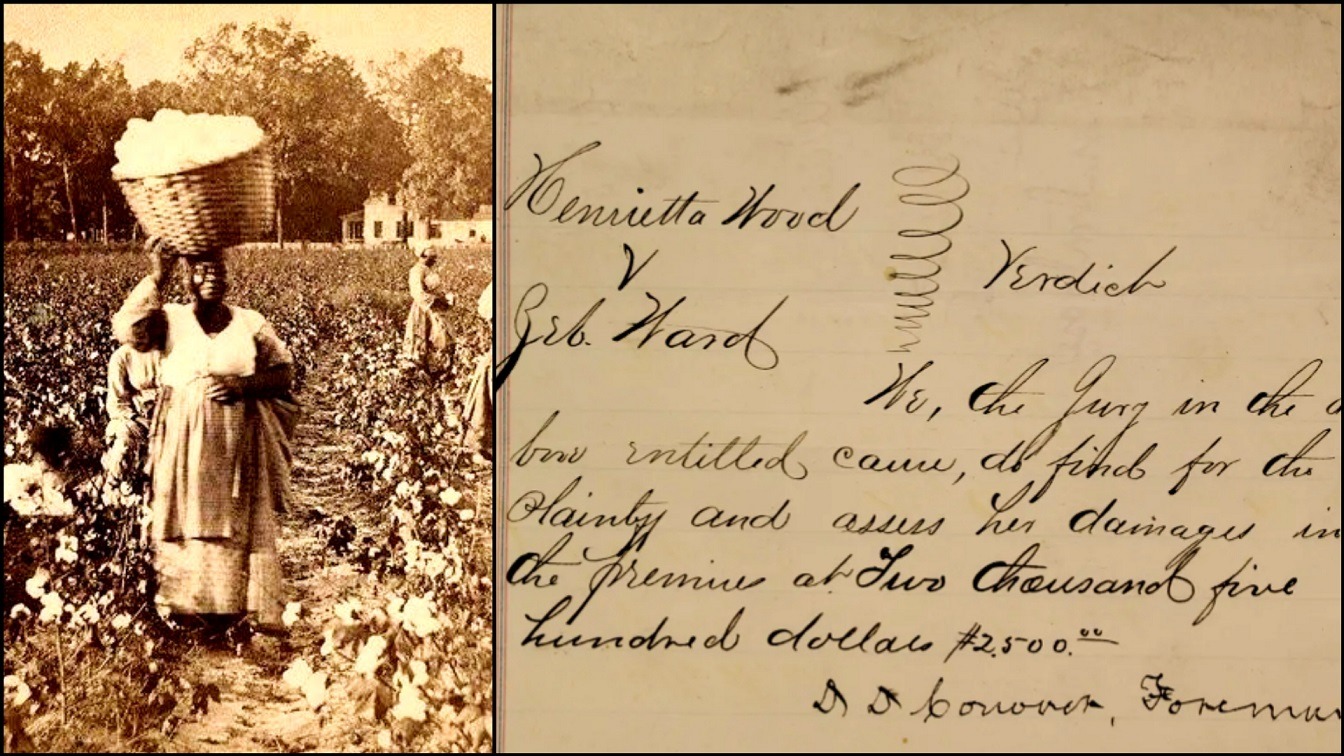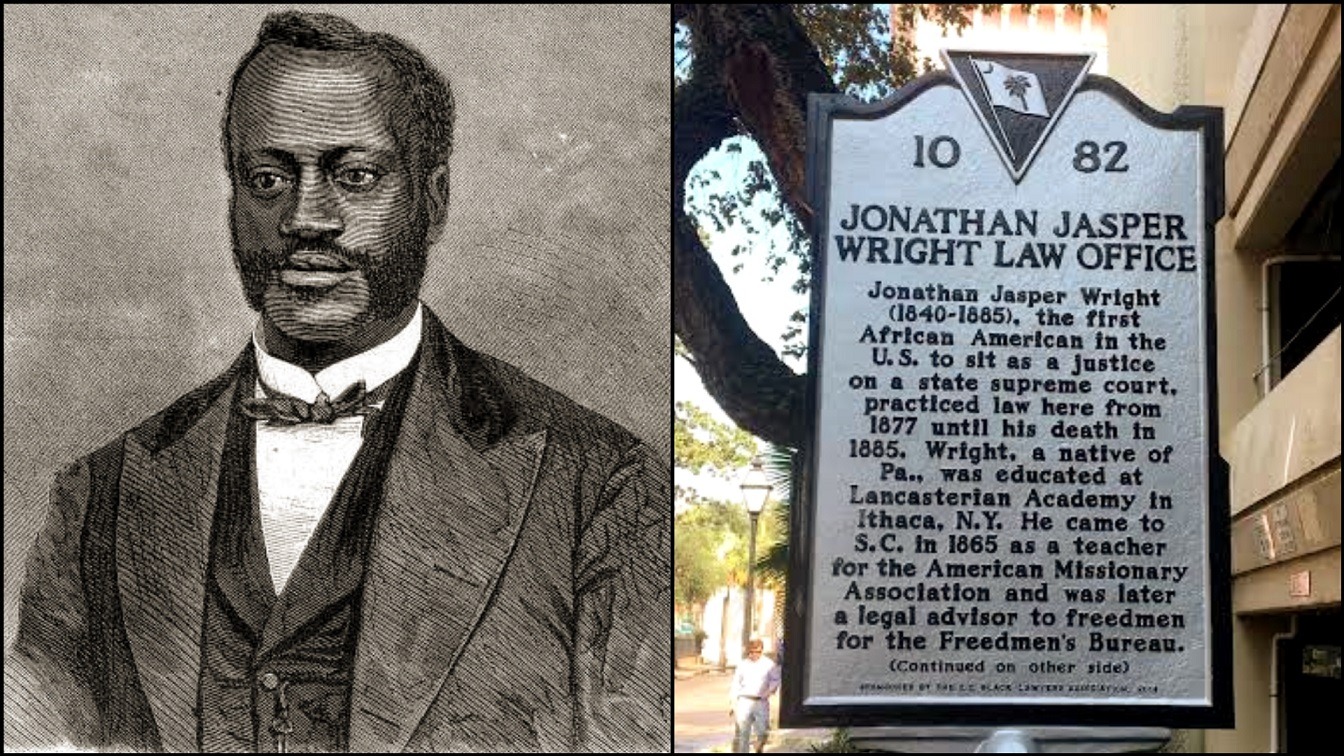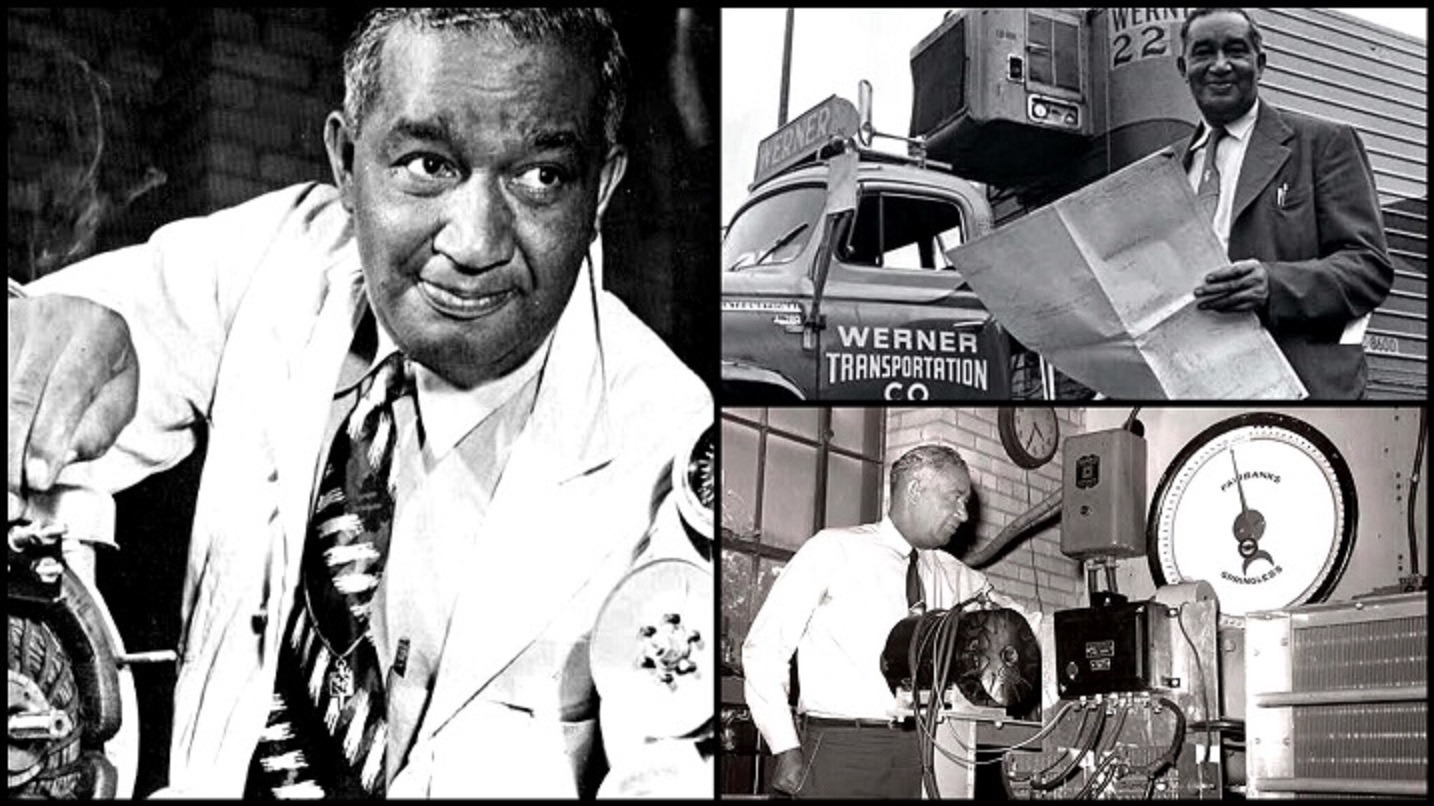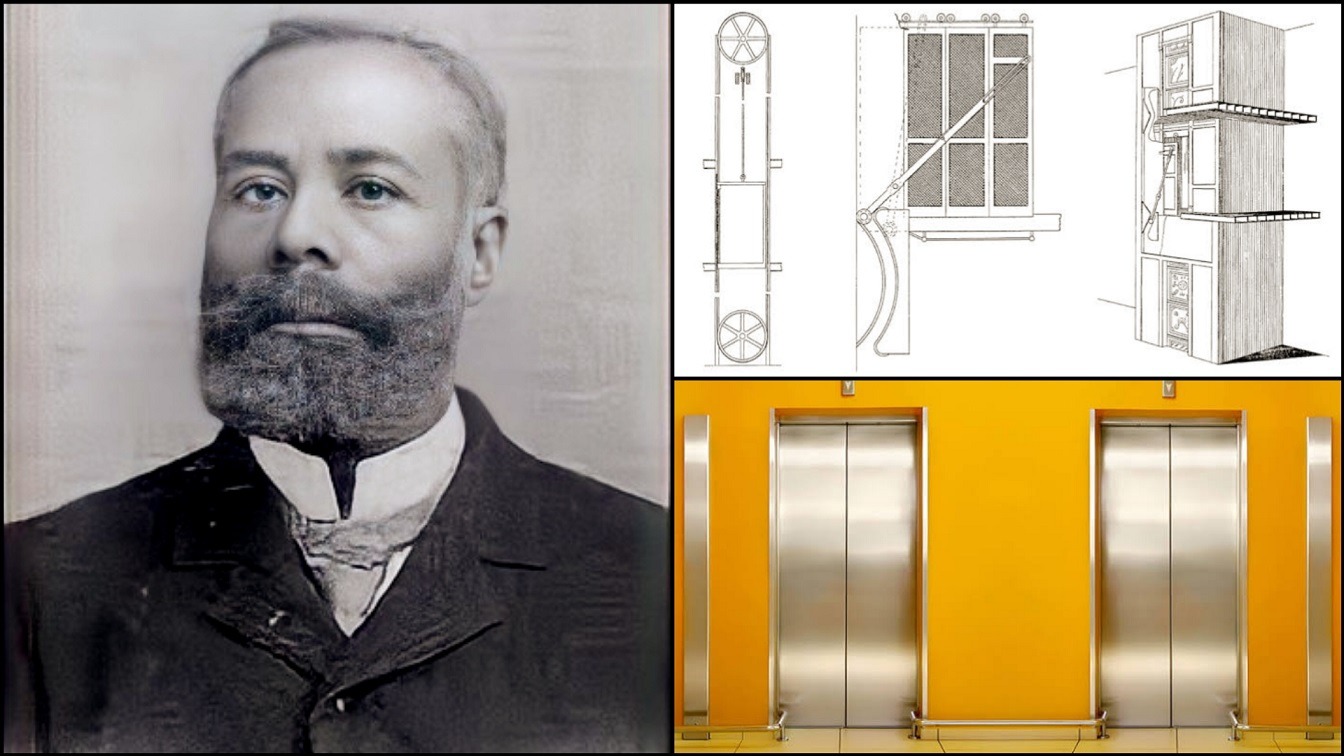The date was April 17, 1878. A jury of 12 white men arrived in an Ohio federal courthouse to deliver the verdict in a slavery lawsuit. Formerly enslaved Henrietta Henrietta Wood had sued Zebulon Ward, a white man who had kidnapped and enslaved her some 25 years ago. She was seeking $20,000 in damages.
Arthur, her son, was present in court. Henrietta Wood had informed the court two days earlier that she was born enslaved in Kentucky and was freed in Cincinnati in 1848. Ward, however, kidnapped and sold her five years later. She was later enslaved on a Texas plantation until after the Civil War when she was released and returned to Cincinnati. Ward was sued in 1870.
However, the case dragged on for eight years until the trial began. On April 17, 1878, the 12 jurors gave a shocking verdict: “We, the Jury in the above-entitled cause, do find for the plaintiff and assess her damages in the premises at Two thousand five hundred dollars.”
Even though it was not the amount Henrietta Wood desired, it is the greatest known sum ever granted by a US court in restitution for slavery. In the 1870s, Henrietta Wood spoke with two reporters about her tragic ordeal.
She was a formerly enslaved woman residing in Cincinnati in 1853 when the woman she worked for suggested a carriage journey across the river to Covington, Kentucky. Henrietta Wood was kidnapped there and sold back into slavery. Ward, who was also a deputy sheriff, had apparently made preparations with Henrietta Wood’s employer to kidnap and sell her. Henrietta Wood was sold to slaveholder Gerard Brandon and put to his cotton fields in Natchez, Mississippi.
In January 1863, the Emancipation Proclamation went into force, ten years later. However, because the Union was still fighting the Civil War, it did not release all slaves. According to historian W. Caleb McDaniel, Henrietta Wood’s slaveowner Brandon led her, her son Arthur, and 300 slaves to Robertson County, Texas, to wait out the war and see if slavery could continue.
Slavery lasted another two years in Galveston, Texas when troops arrived and ordered slave owners to release their captives. Many slaves, however, found it impossible to return to their homes because they had little assistance. Others were afraid of being abducted and brought to areas like Cuba, where slavery was still legal.
Henrietta Wood agreed to work with Brandon for three more years at $10 per month in Texas and Mississippi. Brandon, however, would not pay her until she was able to return to Cincinnati with her son in 1869. She subsequently began working for an attorney, Harvey Myers, who assisted her in filing a claim for restitution against Ward.
After interviewing Henrietta Wood in the 1870s, reporter Lafcadio Hearn wrote, “Henrietta did not forget who had harmed her, and some three years ago [1876] she instituted an action at Lexington against her kidnappers.”
Henrietta Wood died in 1912, and her story had been mostly forgotten until recently. McDaniel, a Pulitzer Prize-winning historian, discussed it in his book “Sweet Taste of Liberty, A True Story of Slavery and Restitution in America.”
“We don’t have an image or a photograph in her instance, but my hope is that when people read the book, they will be able to connect with someone like her as more than just a concept,” McDaniel said.
Arthur Henrietta Wood, Henrietta Wood’s son, went on to become a renowned Chicago attorney.






